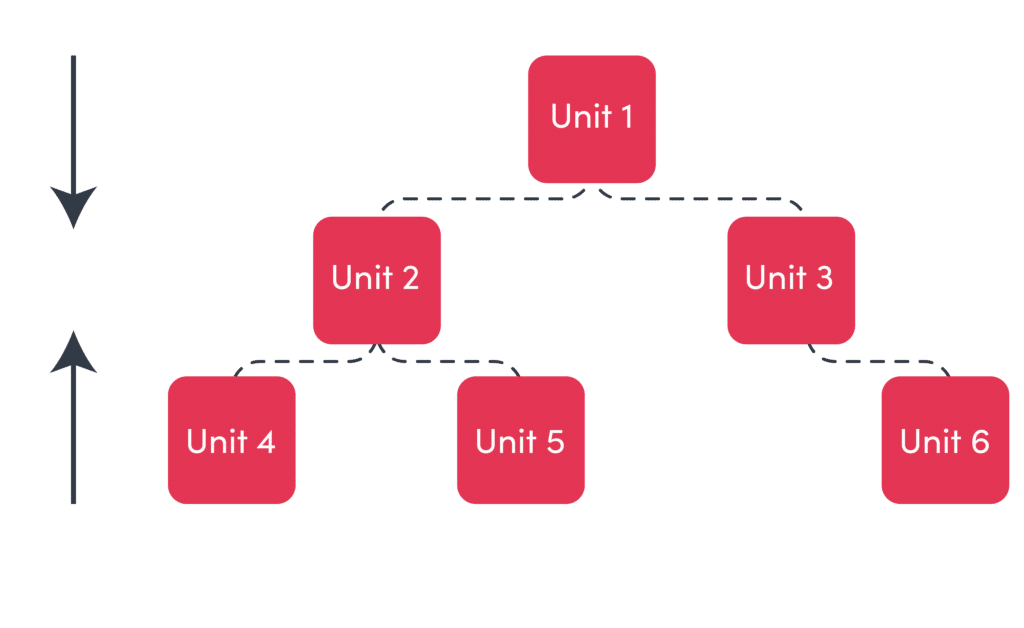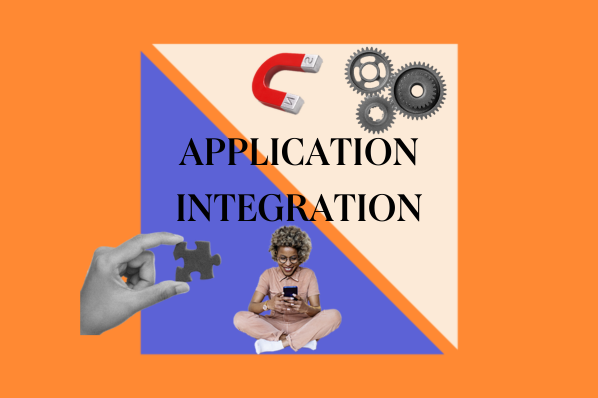Table of Contents
- What is integration testing?
- Types of Integration Testing
- How to Implement Integration Testing
- Integration Testing Examples
What is integration testing?
Integration testing is a crucial aspect of software development. This process ensures that individual software components create a cohesive, functioning system. Integration testing focuses on testing the interactions between software modules to ensure they work together as intended.
Integration testing is a critical step in the software development lifecycle. It helps identify and address any errors that may arise when multiple components are combined into one system.
Now let’s get into the importance and benefits of integration testing.
Why Integration Testing Matters
Despite each module being unit tested, issues may still arise due to a range of causes. Integration testing will catch these potential problems, ensuring that the system works together as a whole. Issues integration testing can catch include the following:
- Conformity challenges. Software developers are unique in their coding logic. It’s, therefore, essential to conduct integration testing for conformity. This helps verify the seamless execution of any given project's modules.
- Trouble with new additions. When constructing a module, the client may request changes that haven't been unit tested. This renders system integration testing an unavoidable necessity to guarantee all new requirements function properly.
- Compatibility issues. Potential compatibility issues between the software modules and the database are likely. Integration testing will make these issues apparent.
- External errors. Malfunctions in any external hardware interfaces are a possibility. Integration issues will catch these challenges, so you're not left scratching your head.
Types of Integration Testing
A variety of integration tests can be conducted, depending on the complexity of the software application. Here are a few types of tests to consider.
Big Bang Integration Testing
This strategy involves combining all the modules, testing the software system in its entirety. While it's an uncomplicated method, debugging can be complex if something goes wrong.

What we like: Through this integration testing process, quality assurance teams can evaluate the entire system all at once. There's no need to perform separate tests for each component.
Pro tip: By taking a big-bang approach to testing, you can save yourself time and effort. However, it is critical that each element of the test has been thoroughly assessed before full implementation.
Top-Down Integration Testing
Methodically, the higher-level modules are evaluated first. Detailed evaluations of the lower levels follow. This enables you to prioritize and focus on those components deemed most critical.

What we like: This method is effective for thoroughly examining the whole system and then breaking it down into smaller parts to recognize any inconsistencies.
Best for: Companies with intricate architectures. Such architecture requires numerous components to be assessed in relation to the main module.
Bottom-Up Integration Testing
We begin with the most critical lower-level modules and progress to higher-level ones. This is the exact opposite of top-down testing — making it perfect for those projects where bottom components are more important than the top.

What we like: This particular testing method progresses from small components to the entirety of the system. This allows for a comprehensive assessment.
Pro tip: Test individual components as a unit before integrating them into the larger system. This is essential for ensuring that everything runs smoothly.
Incremental Integration Testing
Incremental integration testing is an effective way to detect problems early in development. This testing strategy involves integrating modules one by one. You then verify that each module performs as expected until all components have been tested as a complete system.
Breaking down the system into smaller parts ensures that issues can be found quickly, before advancing to further stages of development.

What we like: By adding components to the application individually, teams can focus on single elements and observe how they interact with other parts of the system. This testing process ensures that each component is correctly integrated before moving on to the next one.
Best for: Companies that want to reap the rewards of an incremental development process without compromising on quality control.
Sandwich Integration Testing
This strategy offers a comprehensive approach to testing. Sandwich integration testing begins with assessing the higher-level modules. You then move on to examining the lower-level components and eventually work back up.

What we like: This technique combines top-down and bottom-up integration methods to provide an all-encompassing look at functionality.
Best for: Companies who need both the initial top-down overview and a way to make sure each lower module serves its purpose.
Hybrid Integration Testing
This is the perfect solution for software applications of all sizes. Hybrid integration testing offers a tailored approach by combining various integration testing techniques.
What we like: Hybrid testing allows developers to choose multiple tests to make sure the system is flawless.
Pro tip: Be sure to consider what your goals are so that you choose the appropriate approaches.
How to Implement Integration Testing
Integration testing guarantees that the various components of your application function as anticipated. To help you out, here's a step-by-step manual for executing successful integration tests.

1. Define the scope of integration testing.
To kick off integration testing, you must first set the scope. This involves pinpointing which components or modules of your application should be evaluated. Then, you'll determine how they will fit together when put to the test.
2. Identify test scenarios.
To progress to the next phase, you'll need to recognize and execute all feasible test scenarios. These tests must cover every conceivable collaboration between the individual components of the application.
3. Prepare test data.
After the test scenarios have been outlined, generate the appropriate data that will be employed to run these tests. This test data should include all potential input conditions and must contain both valid and invalid information.
4. Create test cases.
Develop test cases for each scenario using the given data and scenarios. Establish clear inputs, expected outcomes, and pass/fail criteria in every case. Make sure you have properly outlined all components to ensure the successful completion of tests.
5. Set up the test environment.
It's time to get your testing environment ready. This consists of building a standalone setting for examining, customizing the application and infrastructural constituent parts, and ultimately deploying the app in the test space.
6. Execute test cases.
Carry out the test cases that you created. It’s important to follow the same order of your identified test scenarios in step two when running each test.
7. Monitor and analyze test results.
Analyze and assess the test results with keen scrutiny. Unearth any inefficiencies or problems that surface through testing, then sort them based on their gravity and how they influence the application's performance.
8. Report and track issues.
Always report and follow up on any issues identified during testing. This guarantees that all concerns are addressed before the application is moved into production.
9. Retest and verify.
After all conflicts have been rectified, rerun the tests in those areas to make sure that the corrections are successful. Confirm each test runs properly and that the application is acting as anticipated.
10. Sign off and release.
After all tests have been successfully finished, it’s time to approve the integration testing phase. You can then release the application for public consumption.
Integration Testing Examples
Ecommerce: Component Integration Testing
If you work in ecommerce, you need component integration testing to make sure all parts of the shopping work together smoothly. You need to make sure customers can log in, search for items in your inventory, add them to their carts, then securely pay for their purchases.
It’s important to make sure this process is flawless and secure. Component integration testing guarantees efficient communication among all components.
Messaging Service: Big Bang Integration Testing
You can use a big bang integration test to see if messages in your app can be composed, sent, received, and read. The goal of messaging is to send and receive messages instantaneously. You'll therefore need to hold off on integration testing until you can test the whole system simultaneously.
SaaS: Incremental Integration Testing
If you provide software as a service (SaaS), incremental integration testing is the way to go. You may be continually adding to and updating your software. Testing each module as it is developed and how it relates to the whole is essential.
Getting Started
Integration testing is an indispensable part of the software development cycle. This process guarantees that all modules perform according to set criteria. By embracing one (or several) of the available integration methods, teams can confidently roll out their solutions.
Integrations











